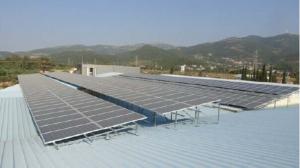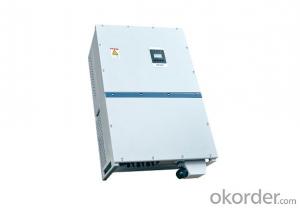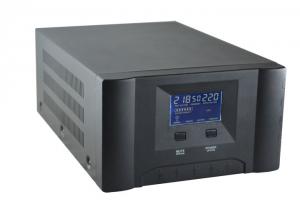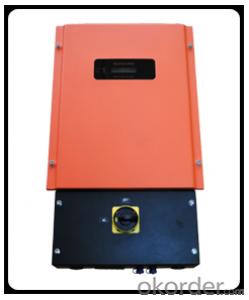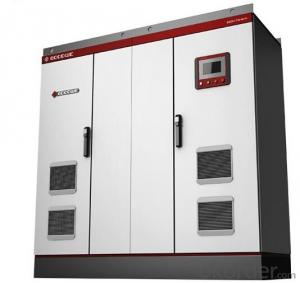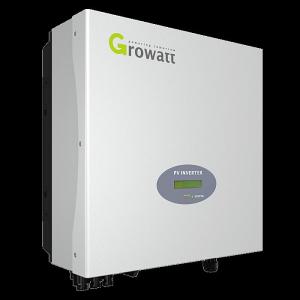Ct For Solar Inverter
Ct For Solar Inverter Related Searches
Price Of Solar Inverter Cost Of Solar Inverter Solar Inverter Price Inverter Battery Solar Price Cost Solar Inverter Solar Inverter Price For Home Solar Battery Inverter Price Solar Inverter Kit Price Solar Inverter Charger Price Solar Inverter Price Per Watt Cost Of Solar Power Inverter Solar Inverter Cost For Home Solar Inverter Cost Solar Inverter Battery Price Solar Electric Inverter Price Solar Inverter Prices Cost To Replace Solar Inverter Solar Cell Inverter Price Inverter For Solar Panels Cost Solar System Inverter Price Solar Inverter Fiyatları Solar Energy Inverter Price Solar Power Inverter Price Solar Inverter Tariff Solar System Inverter Cost Inverter Price Solar Solar Grid Inverter Price 1kw Solar Inverter Price Solar With Inverter Price Home Solar Inverter PriceCt For Solar Inverter Supplier & Manufacturer from China
Ct For Solar Inverter encompasses a variety of products designed to optimize the performance of solar energy systems. These products include solar inverters, charge controllers, and other essential components that work together to convert sunlight into usable electricity. The technology within these products is crucial for ensuring that solar panels operate at maximum efficiency, thereby reducing energy costs and environmental impact.The Ct For Solar Inverter products are widely used in residential, commercial, and industrial settings where solar energy is harnessed to power various applications. They are particularly beneficial in areas with abundant sunlight, as they can significantly reduce reliance on traditional energy sources. These products are also used in off-grid applications, such as powering remote homes or facilities, where connecting to the main power grid is not feasible.
Okorder.com is a leading wholesale supplier of Ct For Solar Inverter products, offering a vast inventory to cater to the diverse needs of customers worldwide. With a commitment to quality and customer satisfaction, Okorder.com ensures that each Ct For Solar Inverter product is thoroughly tested and meets the highest industry standards. This extensive inventory allows customers to find the right solar inverter solution for their specific energy requirements, making Okorder.com a trusted source for solar energy components.
Hot Products







